The relentless march of technology sees us upgrading our gadgets every few years – iPhones, processors, graphics cards – with older hardware often resold or discarded. Yet, surprisingly, many outdated devices remain functional and even crucial. Here are eight compelling examples of vintage tech's enduring relevance.
Table of Contents:
- Retro Computers Mining Bitcoin
- A Reliable Mechanic's Assistant Since the '80s
- Vintage Tech as a Bakery POS System
- Outdated Systems Managing Nuclear Arsenals
- Windows XP Powers Multi-Billion Dollar Aircraft Carrier
- Critical Airport Infrastructure Fails Due to Legacy Software
- Classic Hardware in Cutting-Edge Research
- Nostalgia's Enduring Influence
Retro Computers Mining Bitcoin
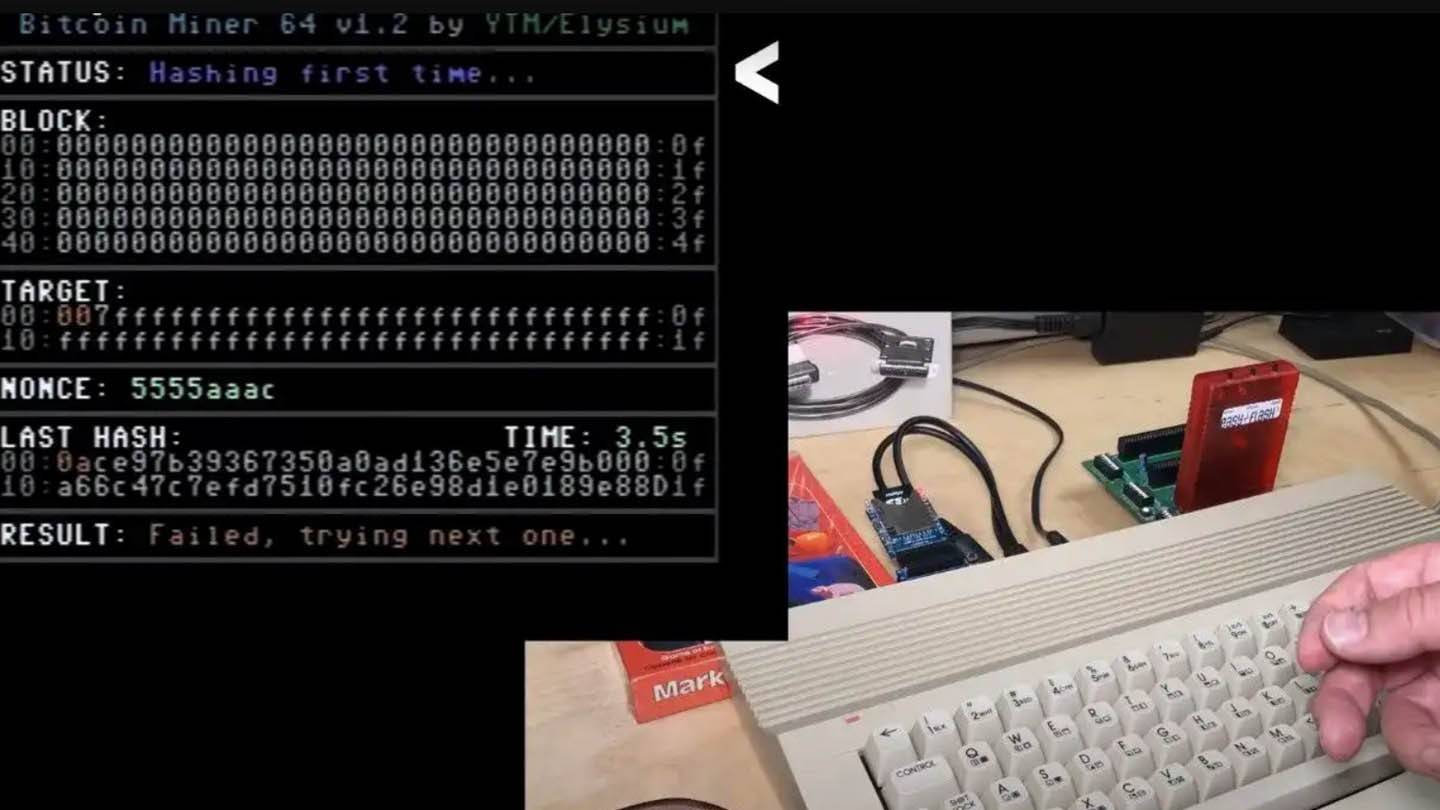 Image: x.com
Image: x.com
A testament to ingenuity, a Commodore 64 (1982) was shown to mine Bitcoin, albeit at a glacial pace of 0.3 hashes per second. This pales in comparison to a modern RTX 3080 GPU's 100 million hashes per second. Mining a single Bitcoin on the C64 would take roughly a billion years. Similarly, a YouTuber used a Nintendo Game Boy (1989) to mine Bitcoin via a Raspberry Pi Pico, achieving 0.8 hashes per second – still astronomically slow compared to modern ASIC miners.
A Reliable Mechanic's Assistant Since the '80s
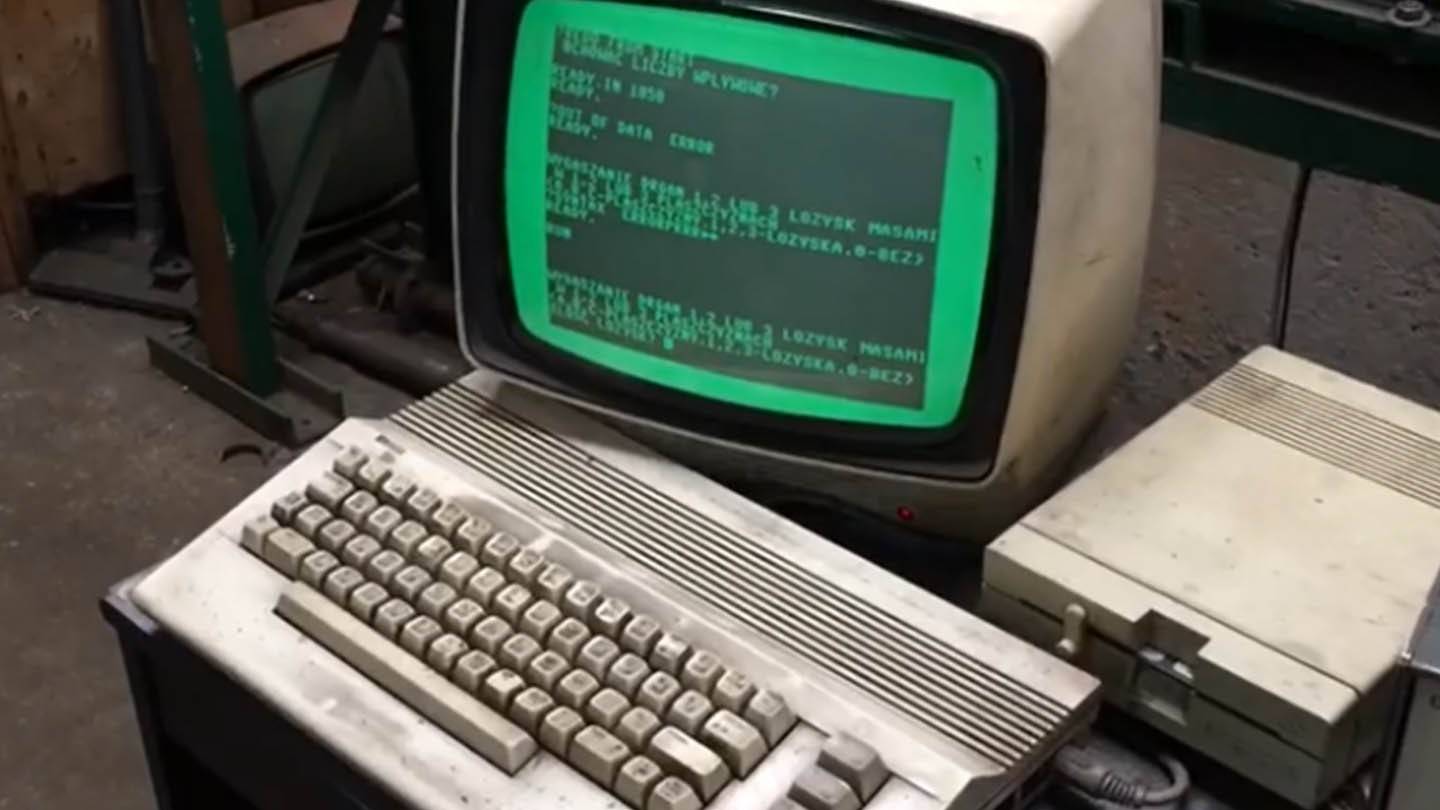 Image: x.com
Image: x.com
A Commodore 64C in Gdansk, Poland, has served a mechanic for over three decades, even surviving a flood! This 1 MHz, 64 KB machine flawlessly handles drive shaft calculations, proving older tech can outlast its modern counterparts.
Vintage Tech as a Bakery POS System
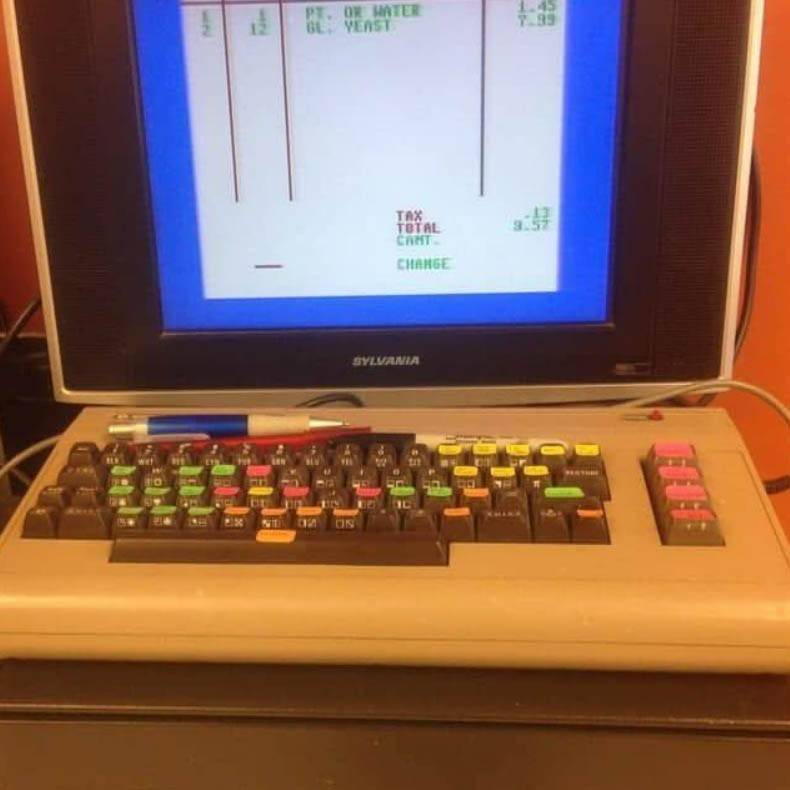 Image: x.com
Image: x.com
An Indiana bakery has used a Commodore 64 as a reliable POS system since the 1980s. Affectionately dubbed the "breadbox," it functions as an online cash register, avoiding the software update headaches of modern systems. Only the baked goods labels on the keyboard have needed updating.
Outdated Systems Managing Nuclear Arsenals
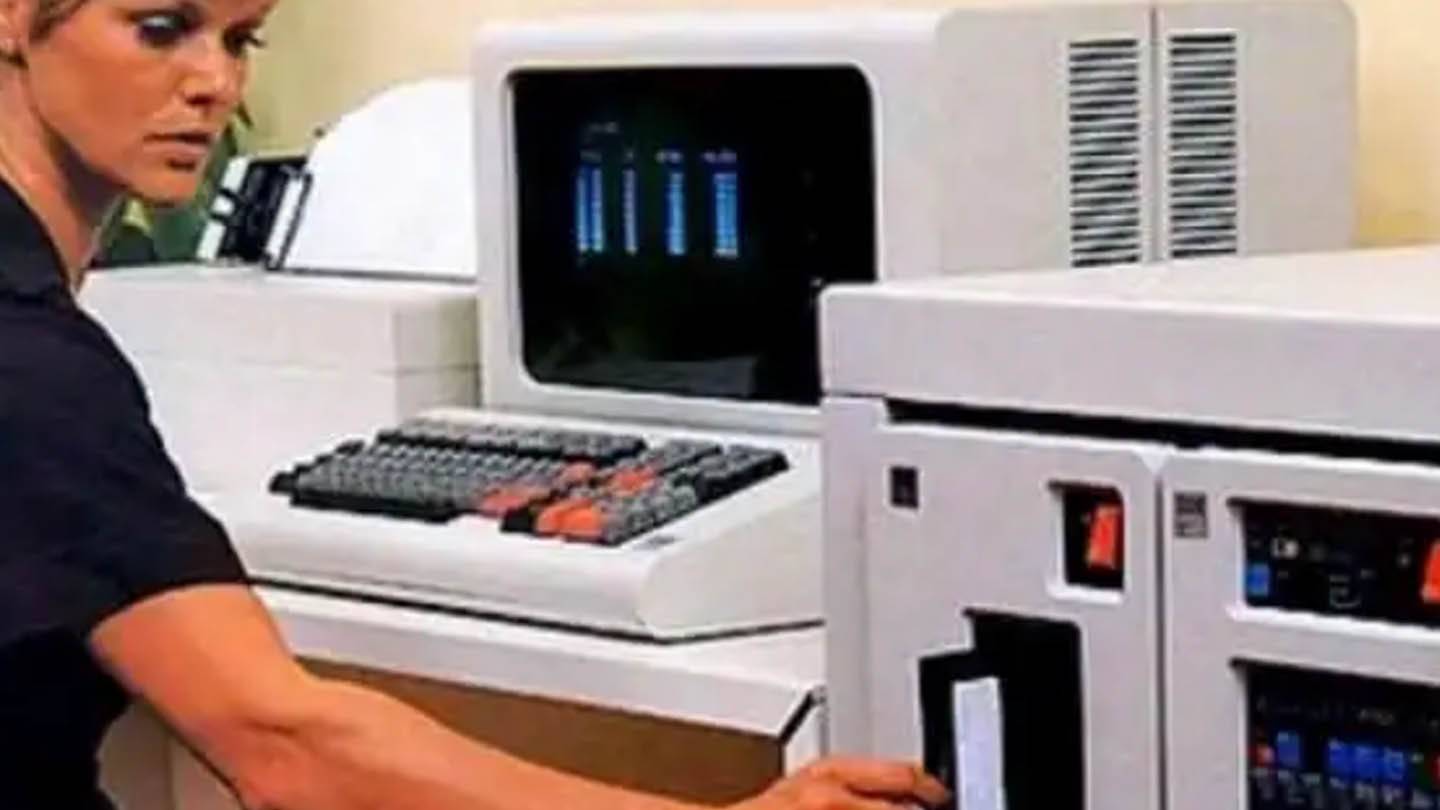 Image: x.com
Image: x.com
Incredibly, the US manages part of its nuclear arsenal using an IBM computer from 1976, relying on 8-inch floppy disks (approximately 80 KB). While modernization is planned, the system’s reliability keeps it in operation. Similarly, German Brandenburg-class frigates utilize 8-inch floppy disks, with upgrades involving emulators rather than complete replacements.
Windows XP Powers Multi-Billion Dollar Aircraft Carrier
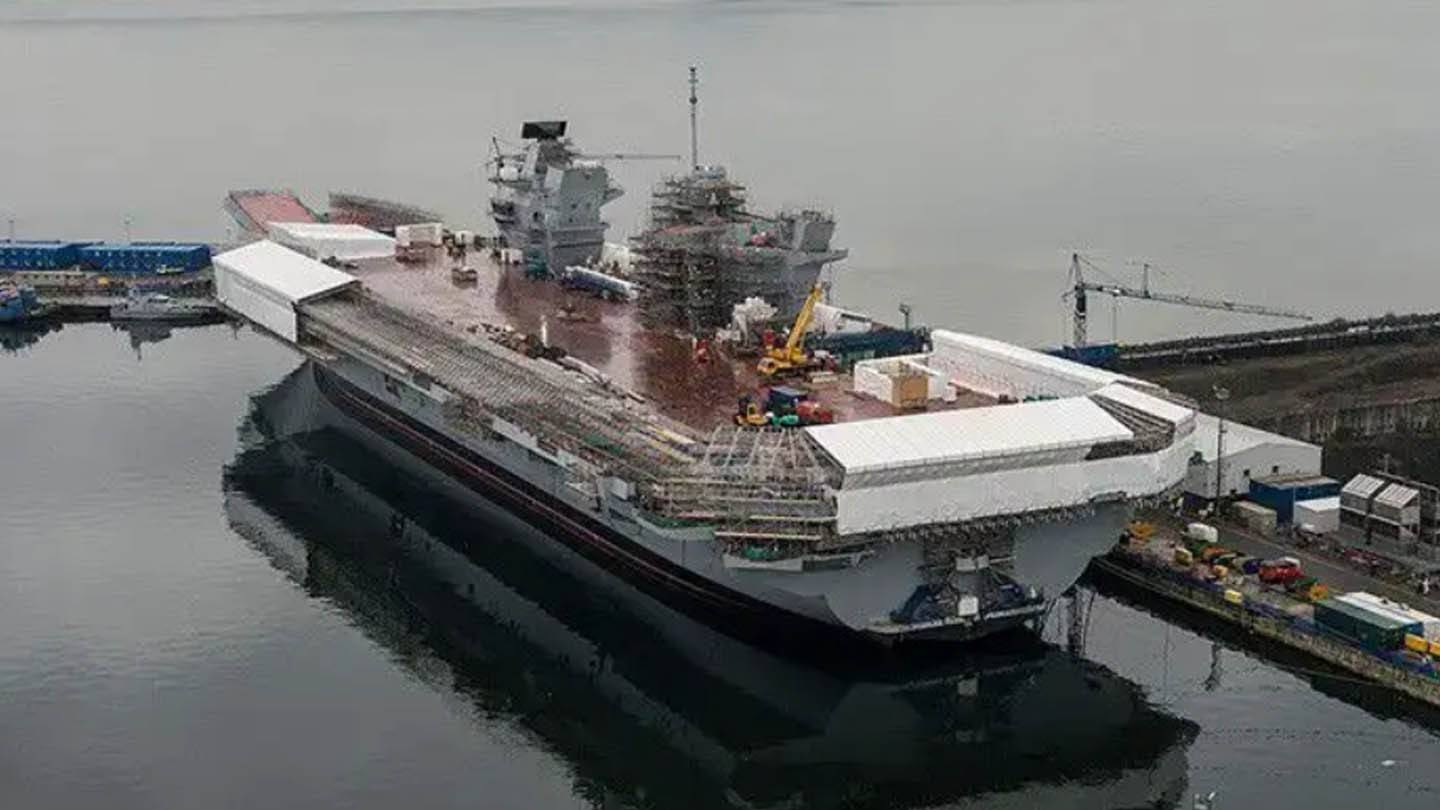 Image: x.com
Image: x.com
The British HMS Queen Elizabeth aircraft carrier, a multi-billion dollar vessel, runs on Windows XP (support ended 2014). While the Royal Navy assures security measures are in place, this reliance on outdated software is noteworthy. Likewise, British Vanguard-class submarines use Windows XP for missile management, kept offline for security until planned updates in 2028.
Critical Airport Infrastructure Fails Due to Legacy Software
 Image: x.com
Image: x.com
In 2015, Paris Orly Airport suffered an outage when a Windows 3.1 (1992) system crashed, halting weather data for pilots and causing flight suspensions.
Classic Hardware in Cutting-Edge Research
Retro computers, such as the Commodore 64, find use in educational settings for teaching programming and simulating basic physics, their simplicity aiding in understanding fundamental computing concepts.
Nostalgia's Enduring Influence
Many organizations maintain legacy systems due to familiarity, established workflows, or the cost of upgrades.
These examples highlight the surprising resilience and continued utility of outdated technology across various sectors. While upgrades are inevitable, these systems demonstrate the enduring value of simplicity and reliability.

 Latest Downloads
Latest Downloads
 Downlaod
Downlaod




 Top News
Top News









